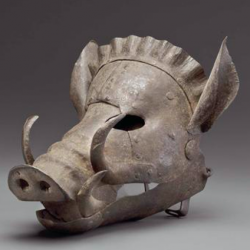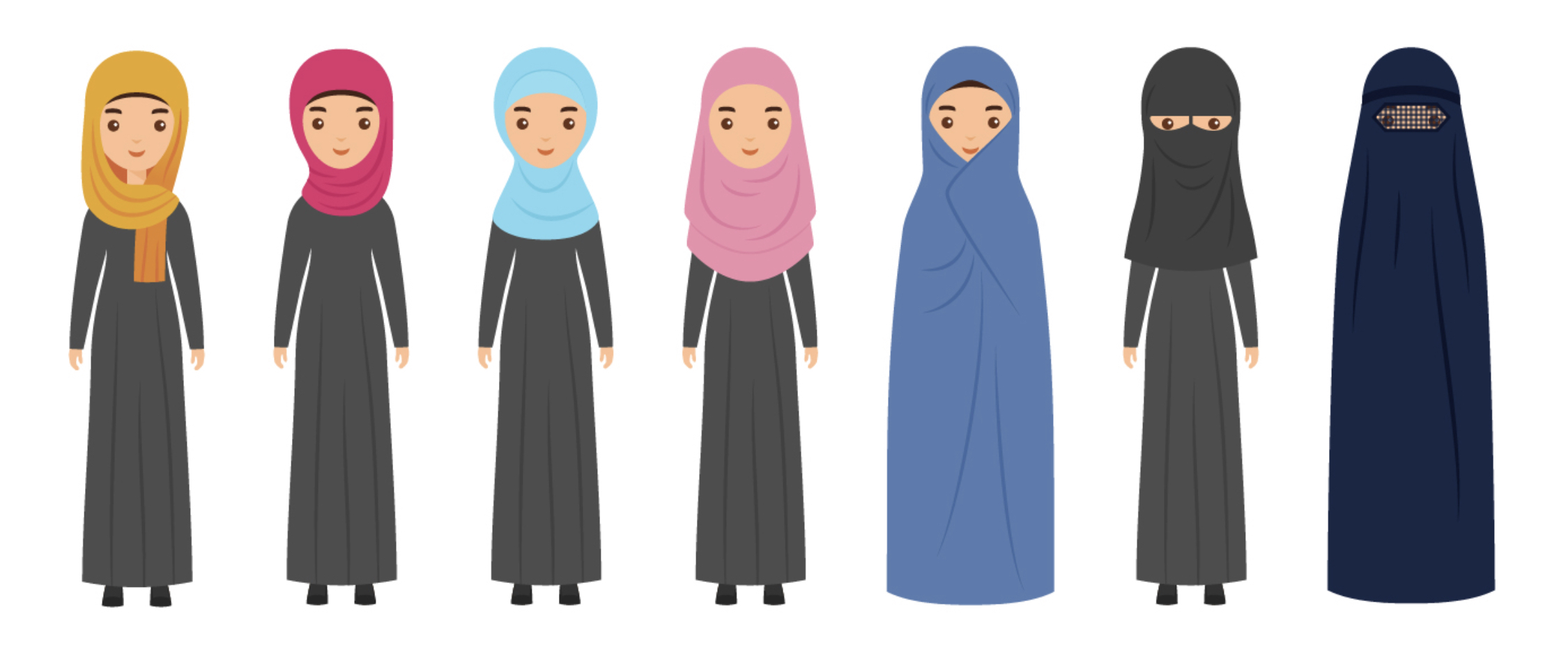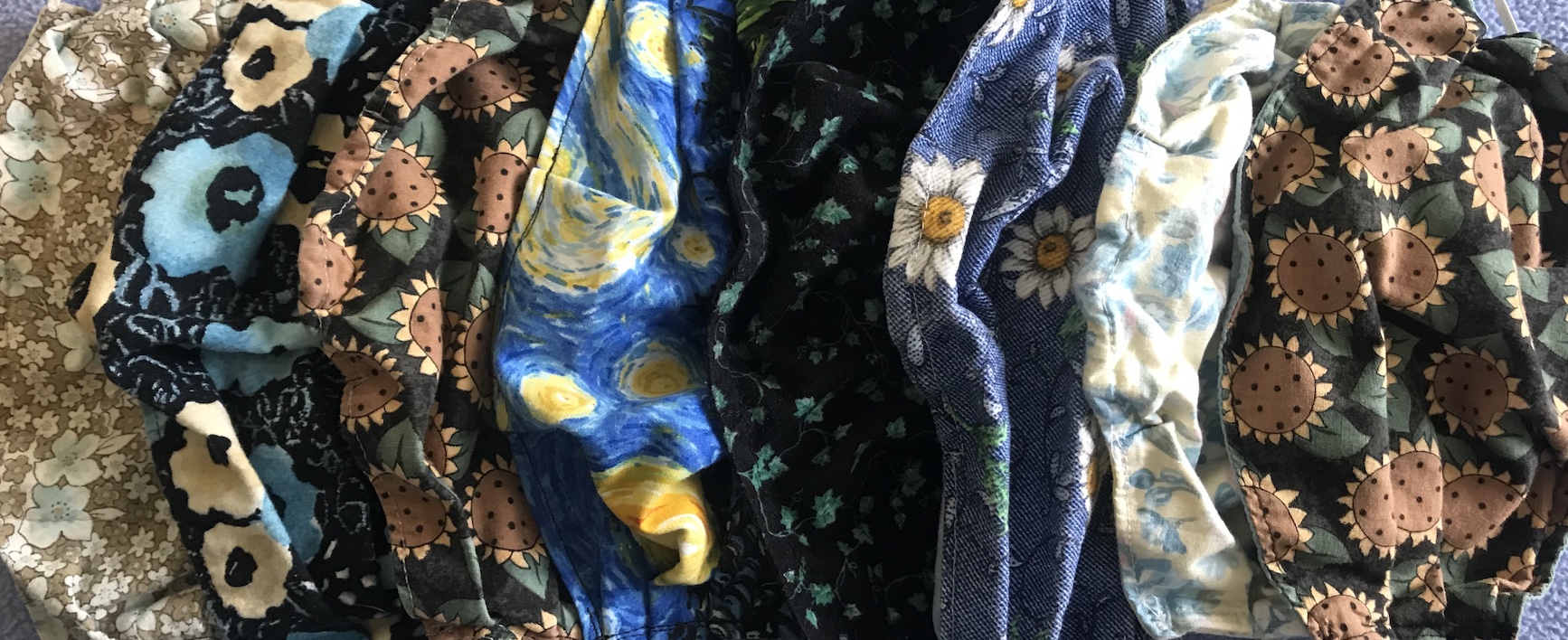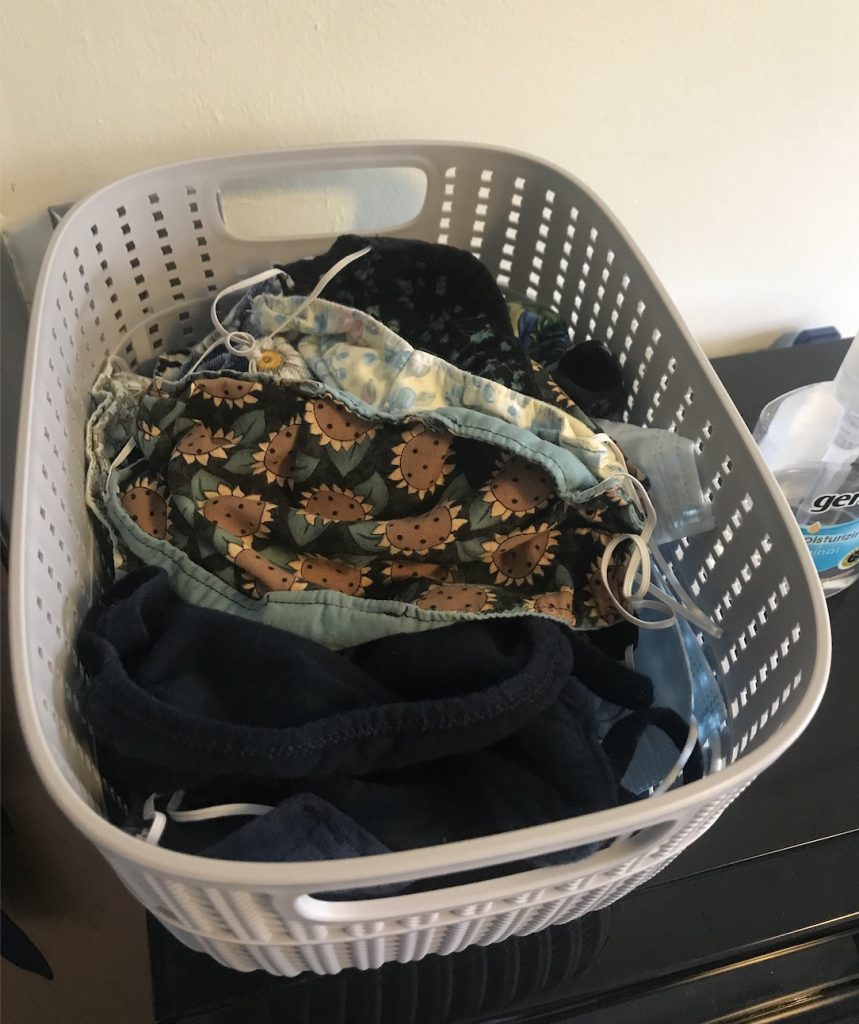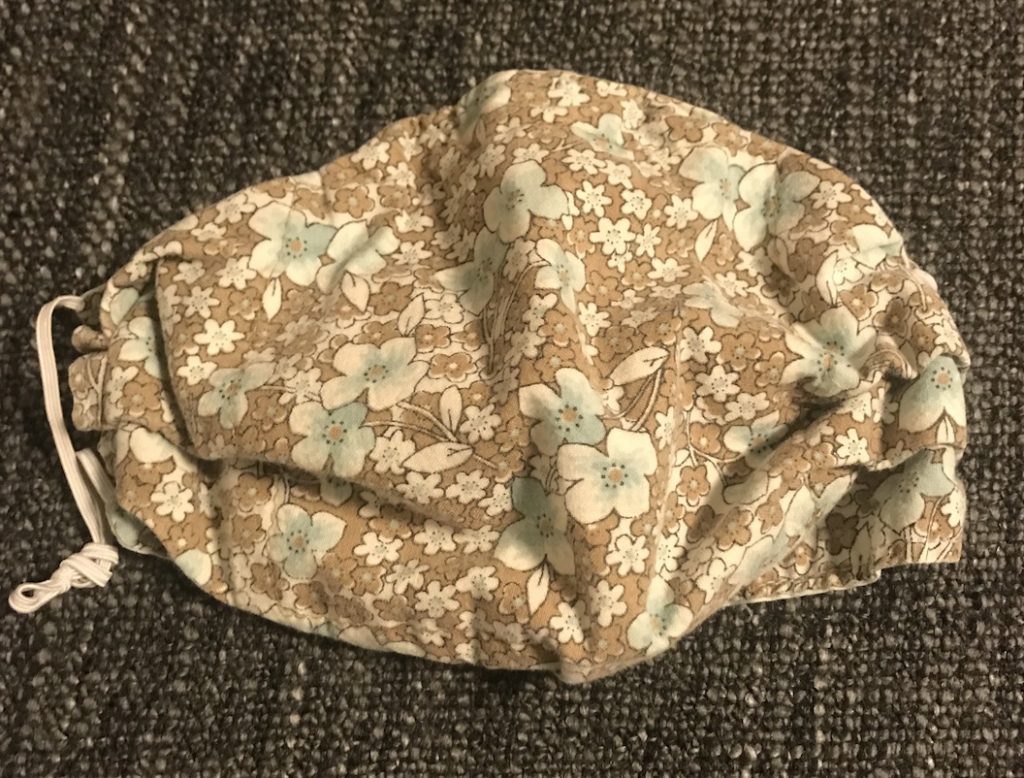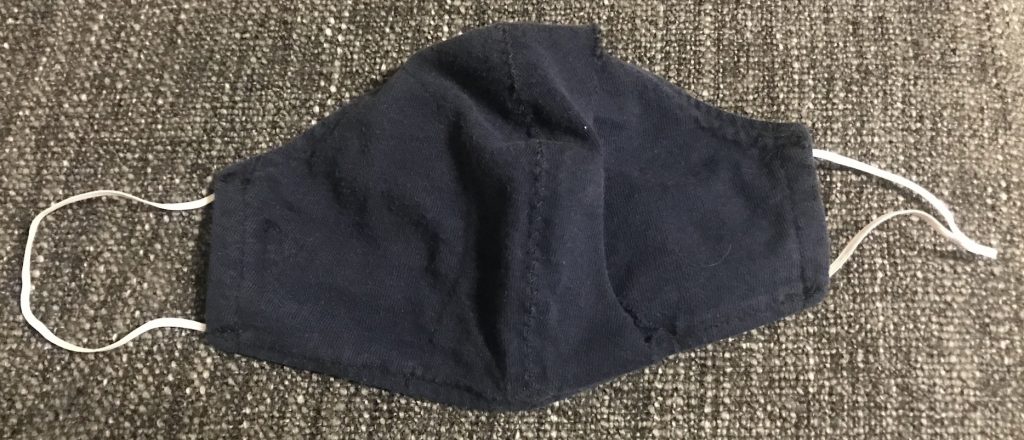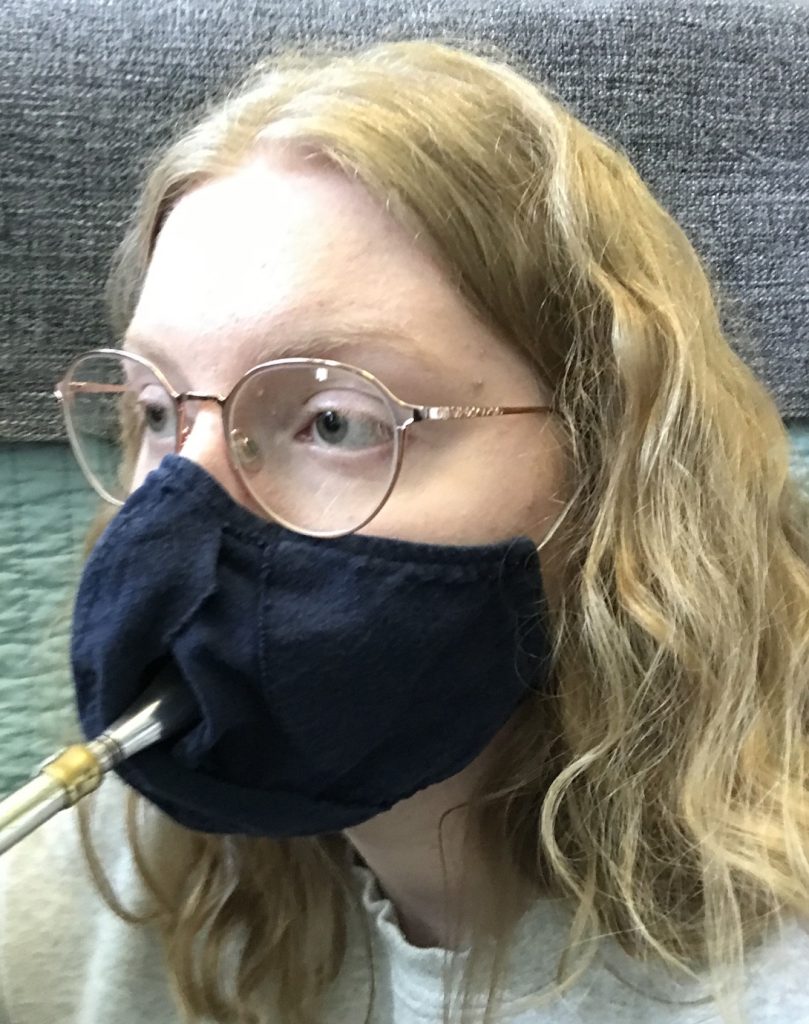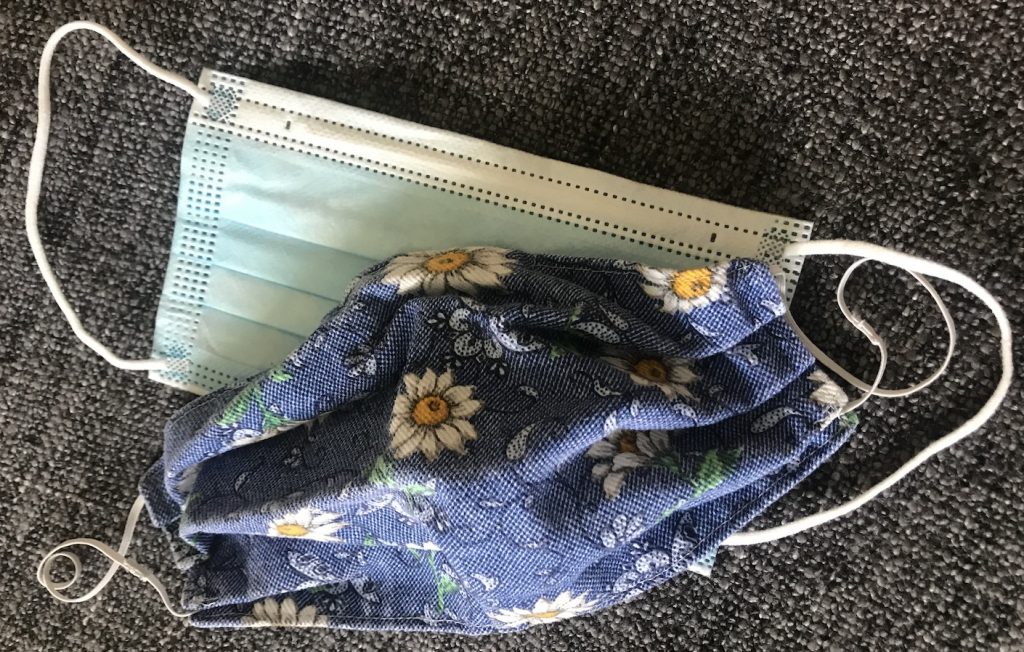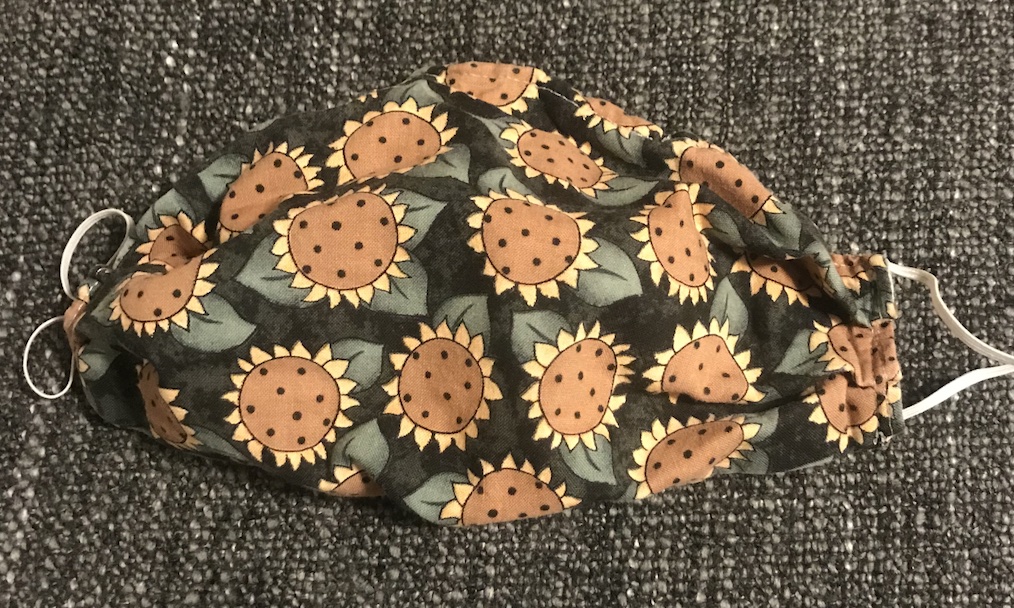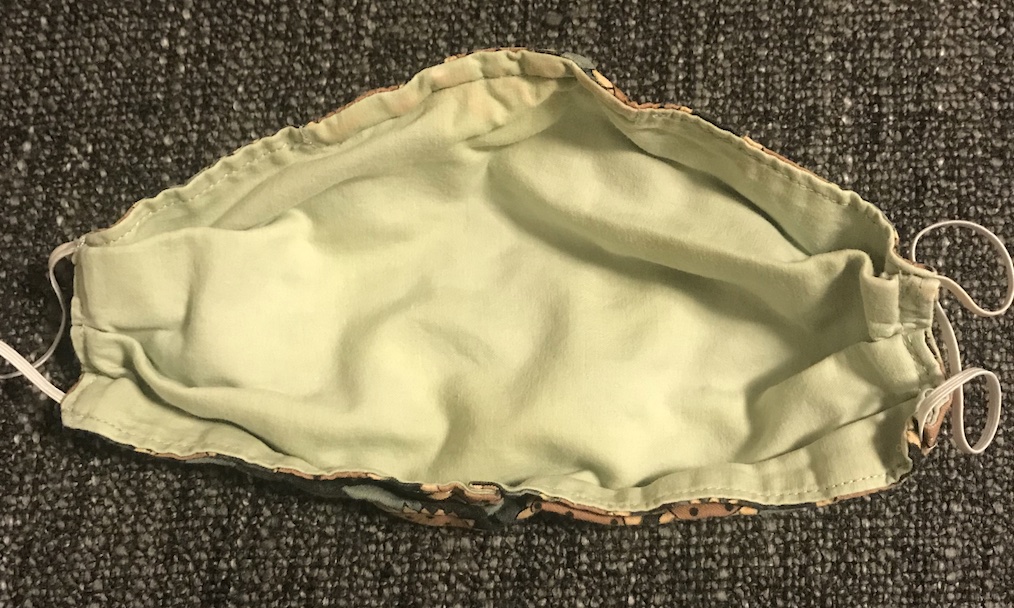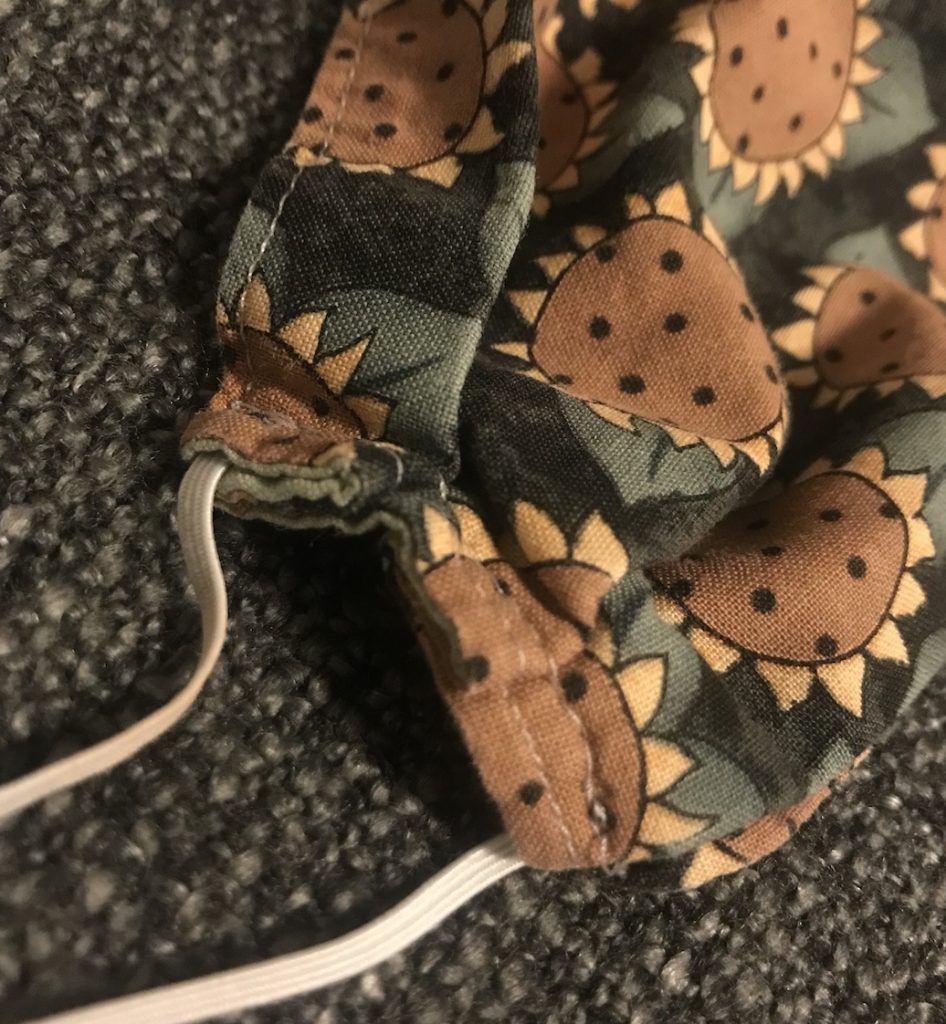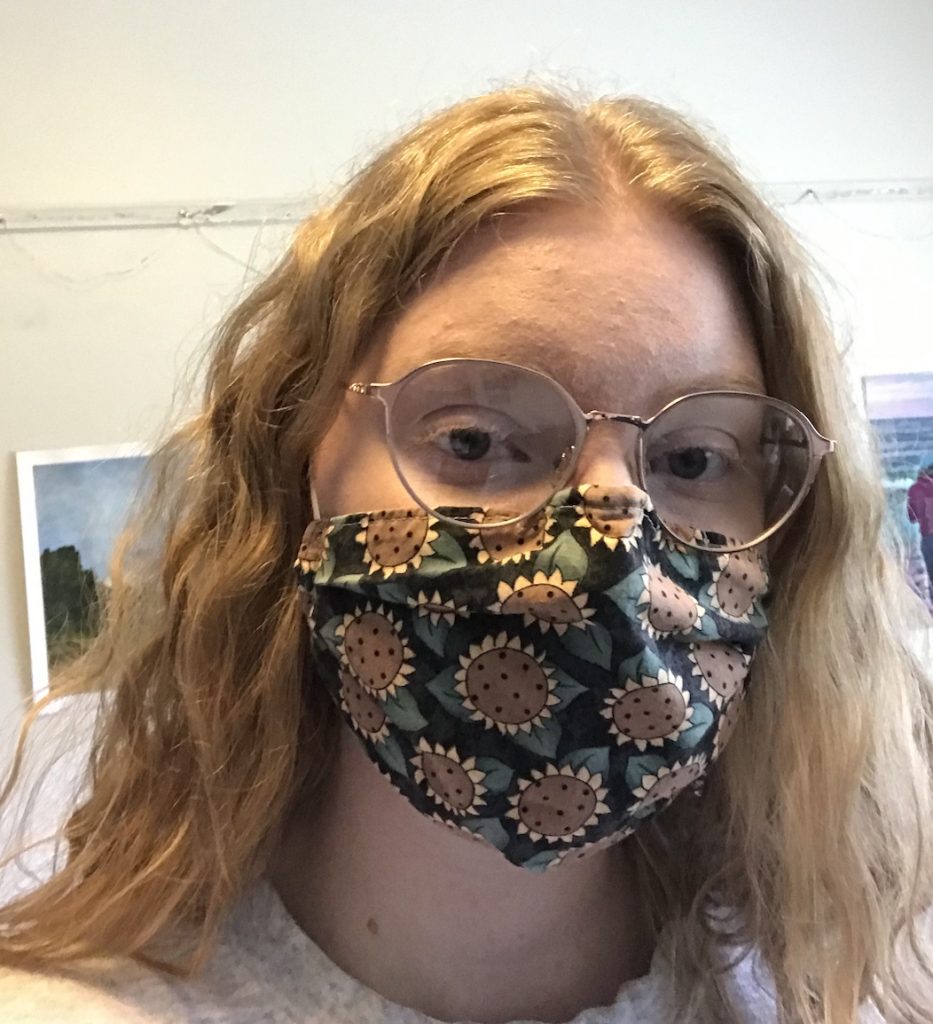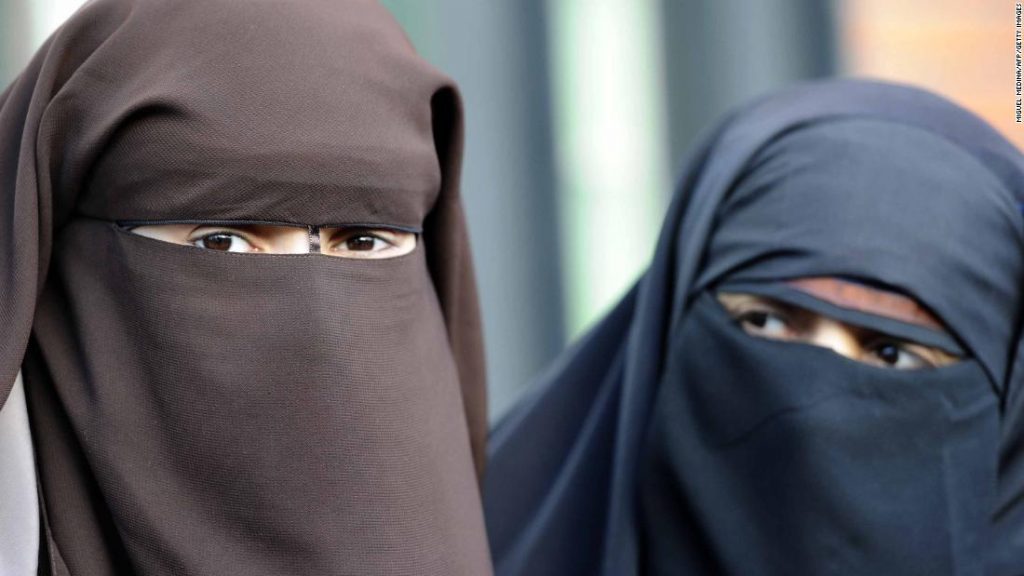
Face coverings in the Middle East are most commonly associated with Islam. Muslim women usually cover their hair, and sometimes wear an additional veil that covers all or part of their face. However, the use of the veil and face coverings predates Islam in the Middle East, and Islam is not the only religion that sees meaning in veils (“A Brief History of the Veil in Islam”). Before being adopted by Islam, the veil was already being used in the Middle East, especially by Jewish and Christian women, for whom it was representative of their high status, or a “retreat from public life” (“Muslim Veiling”).
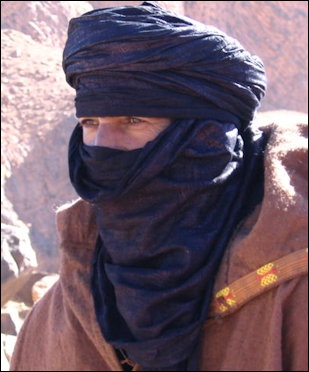
Also most commonly associated with women, face coverings are worn by men in some parts of the Middle East as well.
Veiling in Islam
Islam adopted the practice of veiling from local Middle Eastern cultures, and then kept the practice as Islam spread throughout the world (“A Brief History of the Veil in Islam”). Within Islam, the veil or covering the face is most closely associated with modesty, which is an extremely important value for both Muslim women and men (“A Brief History of the Veil in Islam”). Islamic texts like the Qur’an and the Hadith mention the use of the veil or headscarf for women to preserve their modesty, especially around men, but they are somewhat unclear on whether it is actually a requirement for Muslim women (Lundt). While Islamic texts do not necessarily require women to wear a veil, many Muslim countries have interpreted it this way, and so it is required by law (“Muslim Veiling”). The Qur’an does not even refer specifically to a veil, only to some type of screen or barrier to preserve women’s modesty (“Muslim Veiling”).
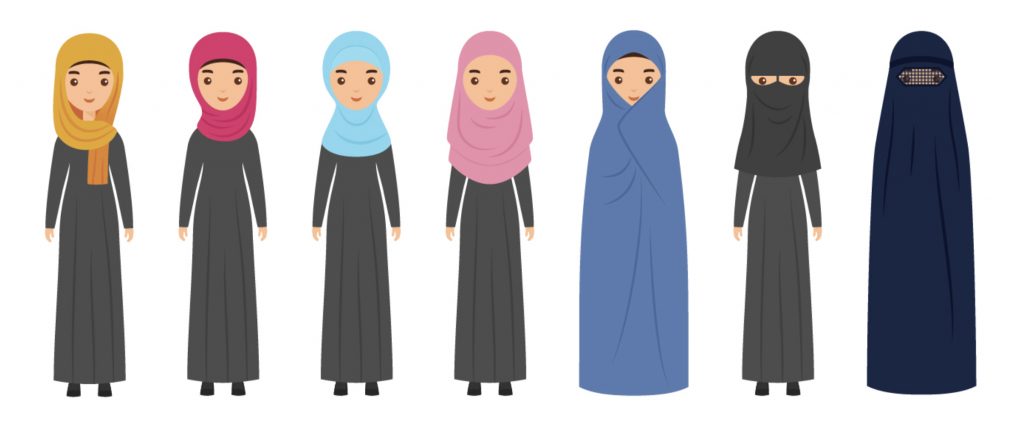
Types of Middle Eastern Face Coverings
There is a great variety of the styles of veils and headscarves worn by Muslim women, with different types being popular among different regions and cultures (Moghadam). They are typically worn along with long, loose clothing that covers the rest of the body as well (Moghadam). The most common type of headscarf is the hijab, and it does not cover the face, only the hair and neck (“A Brief History of the Veil in Islam”). Hijab is also often used as a general term for the headscarves and veils worn by Muslim women in the West (Lundt). There are two main types of veils that cover the face. The more common one is the niqab, which leaves an opening for the eyes (“A Brief History of the Veil in Islam”). The niqab is worn along with a headscarf to cover the hair, and it can either cover the full face or half of the face (Lundt). Women who wear a niqab also tend to cover their hands as well (“Muslim Veiling”). The more conservative style that covers the face is called the burqa, and it covers the entire face and body, with mesh in front of the eyes (“A Brief History of the Veil in Islam”). The burqa is used mostly in Afghanistan, where it has been enforced by the Taliban and certain colors are seen in specific regions (Lundt). There is also another type of face covering that is now seen extremely rarely. It is a mask called a battoulah worn around the Persian Gulf (Lundt). The battoulah goes over the eyes, nose, and upper lip, and keeps dust out of the face (Lundt). It is usually worn by older married women, and younger generations have not been wearing them as much as in the past (Lundt). There are also a great number of other styles of veils and headscarves worn in the Middle East. It is also notable that women are not the only ones who cover their heads and faces in the Middle East. It is common for men to cover their hair as well, and some groups cover the face as well, usually as a “sign of maturity” or for religious purposes (“Muslim Veiling”).
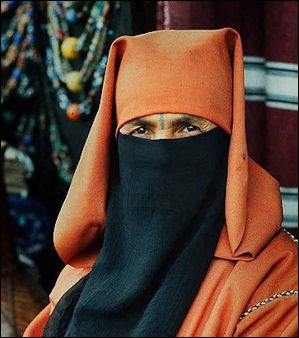
Niqab 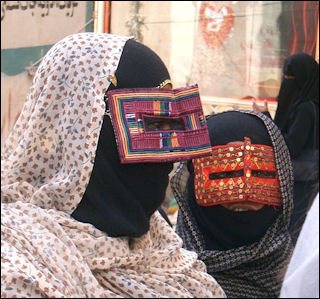
Burqa 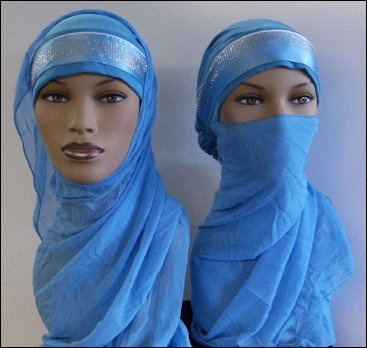
Hijab and Niqab 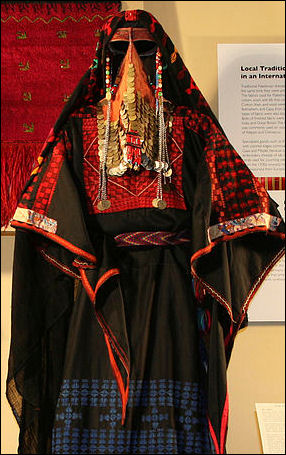
Burqa 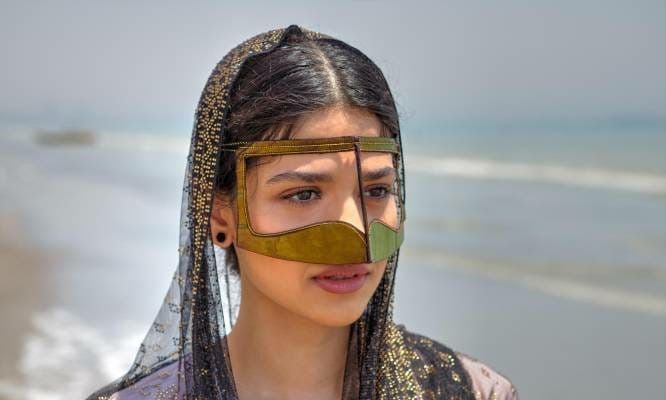
Battoulah
The Purpose of the Veil
The use of the veil and the practice of face covering in the Middle East has become very controversial throughout the world, and this is partly because of questions over the real meaning of the veil. The most basic meaning of it is modesty. Modesty is extremely important in Islam, for both men and women (“A Brief History of the Veil in Islam”). What is usually stated as the purpose of the veil is that it is “so that they [women] will not tempt men and maintain their chastity and honor and the chastity and honor of the men around them” (“Muslim Veiling”). Statements like this lead critics of face covering to classify it as a form of oppression against women, and this view is especially common in the West (“A Brief History of the Veil in Islam”). Veils like the niqab and the burqa which cover the face are most commonly cited as oppressive. Because politics in the Middle East have such a big role in women wearing veils, the practice has been described as “a mechanism of social control” and “the regulation of women” (Moghadam). The governments of Middle Eastern nations are the ones telling women whether a veil is required or banned, as some countries, like Turkey, have banned the use of the veil in certain situations (“Muslim Veiling”). When the veil is mandatory for women, it is also closely tied to the patriarchy (Moghadam).
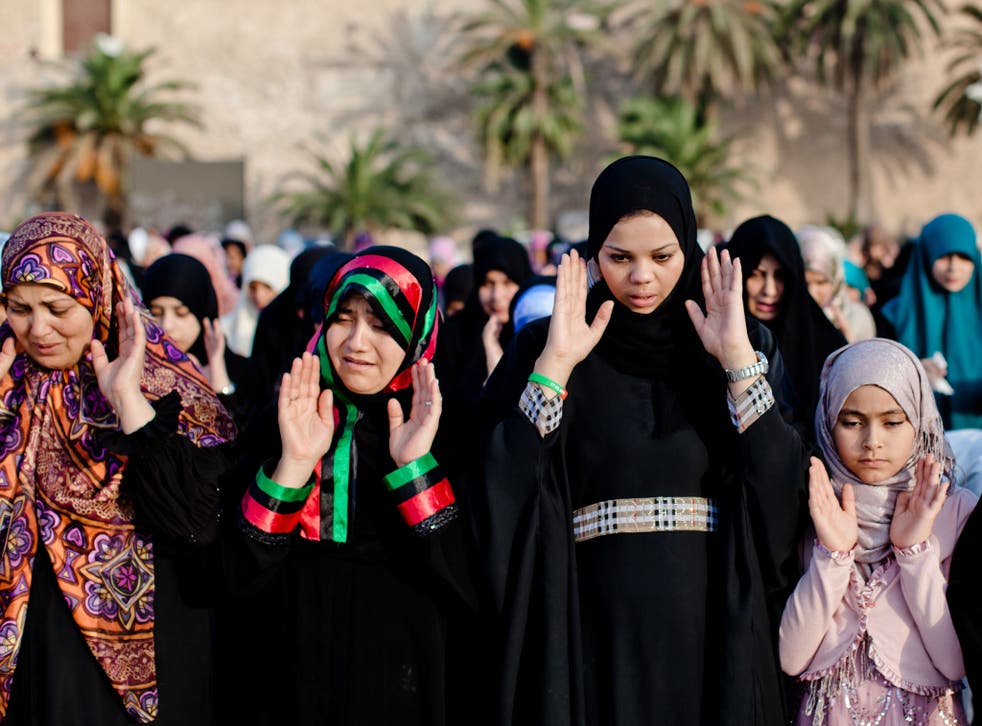
A different interpretation of the veil in the Middle East is that is it actually a form of protection for women, rather than oppression. This protection is specifically protection against rape and against “the harassment of leering men” (“Muslim Veiling”). It works as “protection against the male gaze” because the veil communicates that an individual has modesty, worth, and is owed respect (Moghadam).
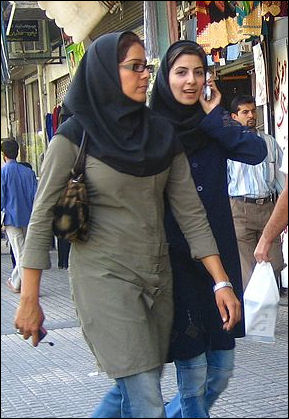
While these views on the meaning of the veil are typically from outsiders or those not wearing a veil, perspectives on its meaning from women in the Middle East who wear veils or cover their face are very often that it is a form of religious and self-expression, and shows their devotion to their religion (“A Brief History of the Veil in Islam”). Middle Eastern women in other parts of the world frequently describe the practice as a choice, and not a requirement of Islam (“A Brief History of the Veil in Islam”). Some women even see the veil as a form of empowerment, a clear contradiction from outsiders calling it oppressive (Lundt).
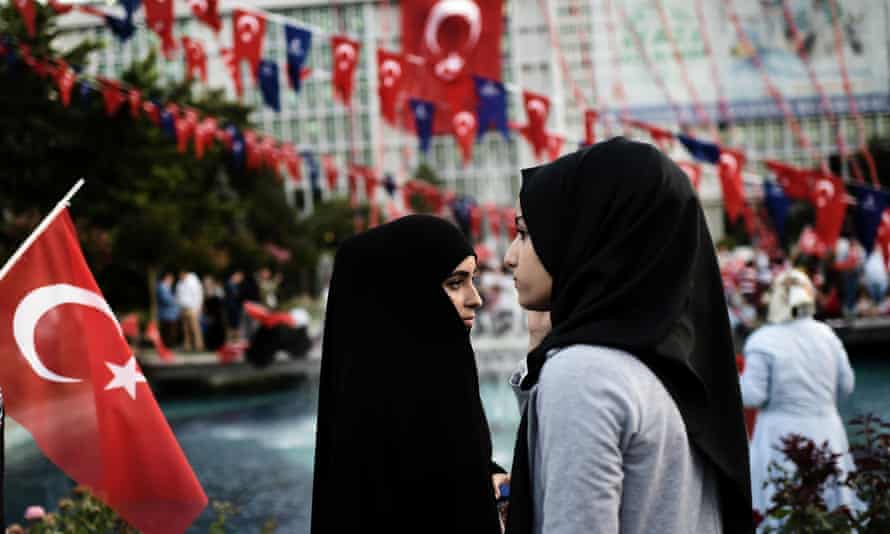
The veil has also been used as a political symbol and a sign of national identity, especially during colonization (Lundt). It tends to be seen as anti-Western, and so it has become a political statement, especially since the 1970s (“Muslim Veiling”). It is a symbol of “cultural identity” and “religious assertion,” and so has come to also symbolize a rejection of the West (Moghadam). Conversely, some Middle Eastern countries have taken actions in the opposite direction. To some, the veil represents “female illiteracy and subjugation,” and so it is in the way of moving forward with modernization (Moghadam). Some countries, like Turkey, have banned the veil in some situations for precisely this reason (“Muslim Veiling”).
References
“A Brief History of the Veil in Islam.” Facing History and Ourselves. 2021, https://www.facinghistory.org/civic-dilemmas/brief-history-veil-islam, Accessed 3/31/21.
Lundt, Jennifer. “Veiling Trends for Muslim Women.” IstiZada. June 14, 2019, https://istizada.com/muslim-veil-and-hijab-types-a-complete-guide/, Accessed 4/7/21.
Moghadam, Valentine M. “Veil, In Middle Eastern and North African Cultures.” International Encyclopedia of the Social Sciences, 2019, https://www.encyclopedia.com/social-sciences/applied-and-social-sciences-magazines/veil-middle-eastern-and-north-african-cultures, Accessed 4/14/21.
“Muslim Veiling: Hijab, Niqab, History and Interpretations of the Qur’an,” Facts and Details. 2019, http://factsanddetails.com/world/cat55/sub359/item1431.html, Accessed 4/7/21.
Image URLs
https://istizada.com/wp-content/uploads/2019/06/types-of-islamic-veils.jpg
https://istizada.com/wp-content/uploads/2019/06/Battoulah.jpg
http://factsanddetails.com/media/2/20120510-BurqaBersheba_dress.jpg
http://factsanddetails.com/archives/003/201902/5c6b42bf0f69f.jpg
http://factsanddetails.com/media/2/20120510-burqa_in_Bamdar_Abbas_(south_Iran).jpg
http://factsanddetails.com/media/2/20120510-Iranian_women_walking_and_talking.jpg
http://factsanddetails.com/archives/003/201902/5c6b44f3a4600.jpg
http://factsanddetails.com/archives/003/201902/5c6b4ebd846ab.jpg
https://cdn.cnn.com/cnnnext/dam/assets/181023143337-01-france-niqab-file-2012-super-169.jpg
